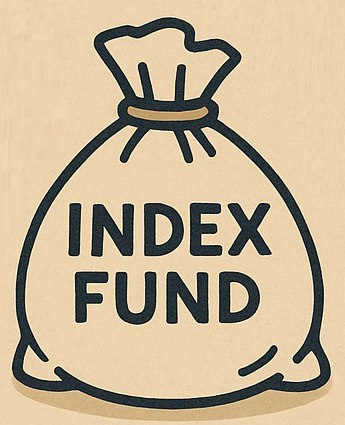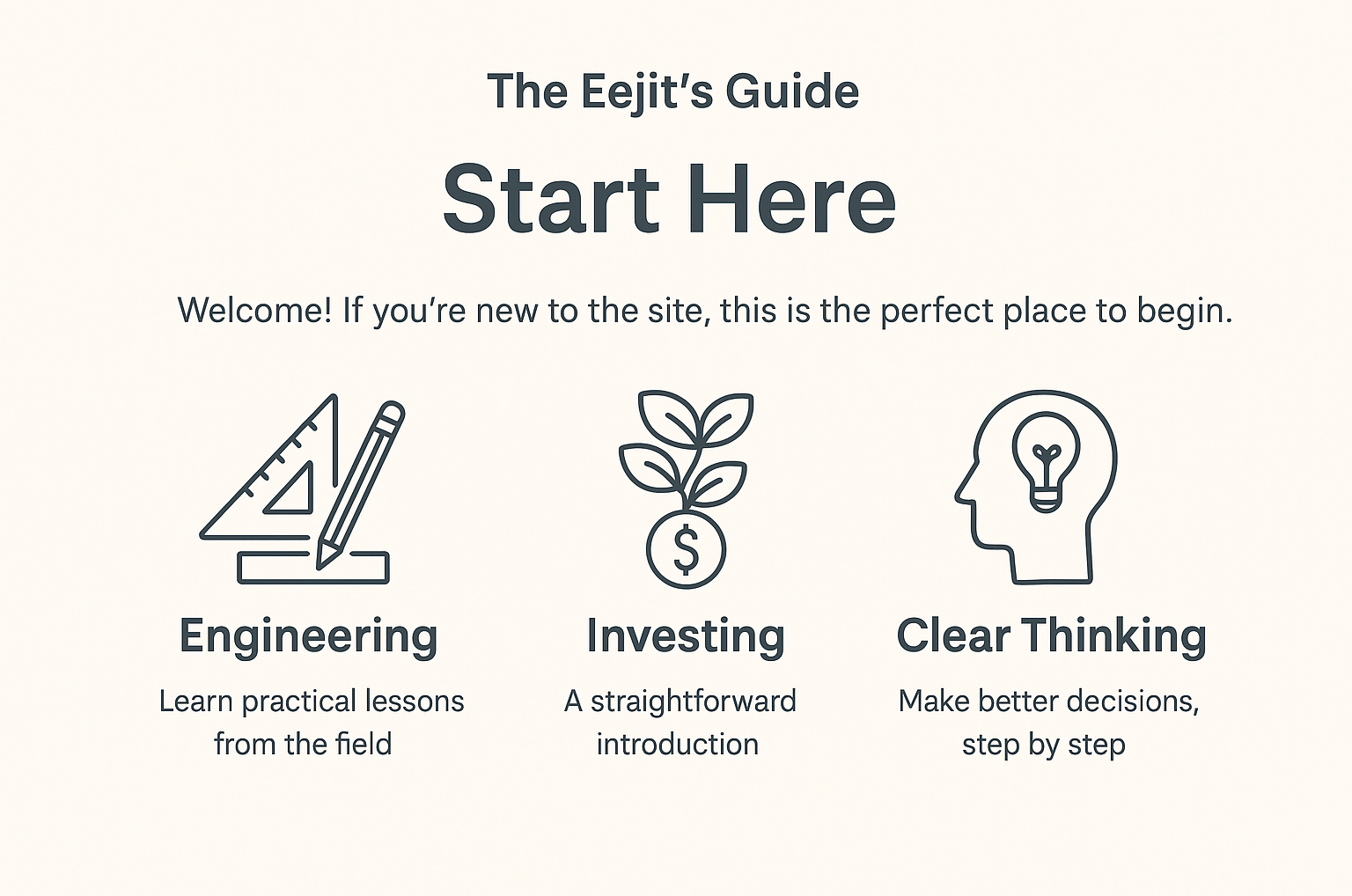[INVESTING · BEGINNER]
This post is for anyone starting out with investing who thinks their demo account success means they’re ready for the real thing.
Summary
- My demo account made me think I was a genius. Then I used real money and reality punched me in the face.
- Demo accounts remove fear, emotion and hesitation. Tthe things that actually drive 90% of your decisions.
- My worst mistakes came from overconfidence, chasing every move, guessing instead of planning, and risking money I couldn’t afford to lose.
- You grow faster once you realise investing is discipline, not prediction.
- If you’re new: start small, slow down, and protect your future self.
The Demo Account Trap
When I first downloaded a trading app, I didn’t start with real money. I used the demo account — and within days I was convinced I’d cracked the code.
My balance kept going up. My trades looked smart. And I genuinely thought:
“Wow, I might actually be naturally good at this investing thing.”
And why wouldn’t I? Demo accounts feel easy because:
- you don’t feel fear
- you don’t feel loss
- you don’t question decisions
- you take risks you’d never take with real money
Demo accounts teach buttons and charts. Real money teaches psychology.
But at the time? I thought I was the next Warren Buffett.
When Real Money Entered the Chat
Then I switched to real money, and instantly turned into a different person.
I was suddenly:
- hesitating before clicking “buy”
- checking prices every 10 minutes
- selling winners too early
- holding losers because “it might bounce”
Real money activates every insecurity you didn’t know you had.
All the confidence I had in demo mode disappeared the moment £50 of my own money was on the line.
And suddenly, every decision felt heavier than it should have.
That’s when the wheels properly started coming off.
Where It Really Went Wrong
Mistake #1 – Thinking Demo Success Meant Real Skill
In the demo, I doubled my pretend balance in a week.
In real life, that confidence turned into sloppy decisions.
I didn’t appreciate that demo mode removes the exact thing that makes investing hard: emotion.
Consequence:
- risking more than I understood
- buying hype instead of thinking
- losing real money because I assumed I was talented
Demo-me was fearless. Real-me was clueless.
Mistake #2 – Chasing Every Market Move
In the demo account, chasing momentum looked genius.
In real money, it looked like:
- buying high
- selling low
- panic-reacting to every red candle
Consequence:
- a string of small, painful losses
- no strategy — just reacting
- mistaking volatility for opportunity
If you chase everything, you catch nothing.
Mistake #3 – No Plan. Just Vibes.
My “strategy” was basically:
- see green line
- buy
- hope
- see red line
- panic sell
Shockingly… this didn’t work.
Consequence:
- no consistency
- no way to learn
- couldn’t explain any win or loss
You can’t improve if you’re not tracking anything.
Mistake #4 – Risking Money I Shouldn’t Have Touched
I treated investing like a game.
Demo mode had made me forget that losing £100 feels VERY different to losing 100 pretend credits.
Consequence:
- stress I didn’t need
- obsessively checking prices
- panic-driven decisions
Investing shouldn’t feel like a stomach-acid hobby.
What I Actually Learned
After enough mistakes (and a few hard lessons), this became clear:
- Demo accounts teach mechanics. Real money teaches psychology.
- Start tiny. Even £10 teaches you more than £10,000 of pretend credit.
- Have a plan. Why are you buying? What’s your exit? What’s your risk?
- Don’t risk money you’ll need soon. Investing is long-term or it’s pain.
- Slow beats clever. Boring strategies outperform frantic guessing.
What To Do Instead (If You’re New)
Here’s what I wish I’d done from the start:
1. Start With Tiny Real Money
£10 teaches you more than any demo account will.
2. Pick One Strategy and Stick To It
No more jumping between trends.
Choose a lane and stay there.
3. Automate Your Investing
A simple, monthly contribution removes emotion completely.
4. Track Every Decision
Write down why you bought something.
Then look back and learn from it later.
Example: The Demo Disaster That Taught Me Everything
In my demo account, I “made” £2,000 in a week.
In real life, I lost £200 in a day trying to repeat it.
When I reviewed the demo trades, I realised they were just lucky guesses.
Luck is a brilliant teacher but only after it disappears.
That loss hurt, but it forced me to get serious.
Next Steps for You
If you’re just starting out, try this:
- Invest £10–£50 — an amount small enough not to wreck you.
- Pick one simple strategy and follow it for 30 days.
- Write down every buy/sell decision.
- Focus on progress, not perfection.
Related Posts
Closing Thoughts
Demo accounts make you feel confident. Real money makes you feel human.
The goal isn’t to “win quickly”; it’s to avoid blowing yourself up early.
Learn slowly, risk little, and remember: your future self is counting on you not to be an eejit with your money.
If this helped, share it with someone jumping from demo mode into real money. You might save them a painful lesson.




Leave a Reply